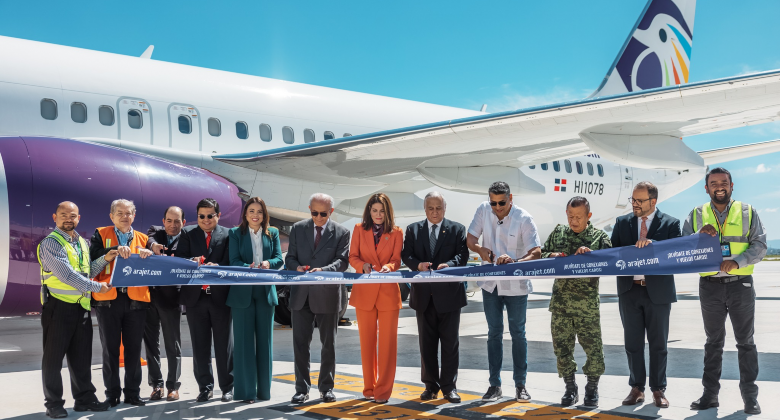The Dominican Republic, a tropical paradise known for its stunning beaches and vibrant culture, is not only a tourist haven but also a crucial hub for air travel in the Caribbean. In this comprehensive guide, we’ll delve into the intricacies of the Dominican Republic’s aviation landscape, answering the burning question: How Many Airports In Dominican Republic?
Unveiling the Aerial Network: Overview of Dominican Airports
The Count: How Many Airports in Dominican Republic?
The Dominican Republic boasts a network of airports that facilitate both domestic and international flights. Surprisingly, the count is more extensive than one might think. Currently, there are nine international airports and several domestic airports spread across the country.
Major Players: International Airports
- Punta Cana International Airport
- As the busiest airport in the Dominican Republic, Punta Cana International Airport serves as a gateway for millions of tourists each year. With state-of-the-art facilities, it has become a vital hub connecting the country to various international destinations.
- Las Américas International Airport (SDQ)
- Located near the capital, Santo Domingo, Las Américas International Airport plays a pivotal role in handling both passenger and cargo traffic. Its strategic location contributes significantly to the country’s economic activities.
- Cibao International Airport (STI)
- Nestled in Santiago, Cibao International Airport is a key player in the aviation landscape, serving the northern regions of the country. Its modern infrastructure enhances the travel experience for both locals and visitors.
Exploring Domestic Connectivity
While international airports grab the spotlight, the Dominican Republic’s domestic airports play a crucial role in enhancing connectivity within the country. From the bustling metropolis to the serene coastal areas, these airports contribute to the seamless movement of people and goods.
Understanding the Impact: Airports and Economic Growth
A Catalyst for Tourism
The abundance of airports in the Dominican Republic is not merely a statistic; it’s a driving force behind the nation’s booming tourism industry. The convenient access provided by these airports ensures that tourists can explore the diverse landscapes of the country with ease.
Trade and Commerce
Beyond tourism, the airports contribute significantly to the economic growth of the Dominican Republic. Efficient air transportation facilitates international trade, allowing businesses to connect with global markets and fostering economic prosperity.
Navigating the Skyline: Aviation Infrastructure
Investing in Excellence
The Dominican Republic has made substantial investments in enhancing its aviation infrastructure. From modernizing existing airports to constructing new ones, the country is committed to providing world-class facilities that meet international standards.
Sustainable Aviation
In an era of environmental consciousness, Dominican airports are embracing sustainable practices. Initiatives like eco-friendly terminals, energy-efficient systems, and waste reduction programs underscore the commitment to balancing aviation growth with environmental responsibility.
The Journey Continues: Future Prospects
Expansion and Development
With the ever-increasing demand for air travel, the Dominican Republic is actively planning for the future. Airport expansion projects and the development of new facilities are on the horizon, promising an even more robust aviation landscape.
Technological Advancements
The integration of cutting-edge technology is poised to revolutionize the aviation sector in the Dominican Republic. From smart airports to advanced air traffic management systems, the nation is gearing up for a high-tech future in the skies.
Conclusion: So, How Many Airports In Dominican Republic?
In conclusion, the Dominican Republic’s aviation scene is a dynamic tapestry of international gateways, domestic connectors, and a commitment to excellence. The answer to “How Many Airports In Dominican Republic?” is not just a number but a testament to the nation’s strategic positioning in the global air travel arena.
As we soar into the future, the Dominican Republic’s airports will continue to be vital conduits for tourism, trade, and economic development. The diverse landscapes of this Caribbean gem are not only accessible but seamlessly connected through a network of airports that reflect the nation’s commitment to progress and prosperity.




+ There are no comments
Add yours